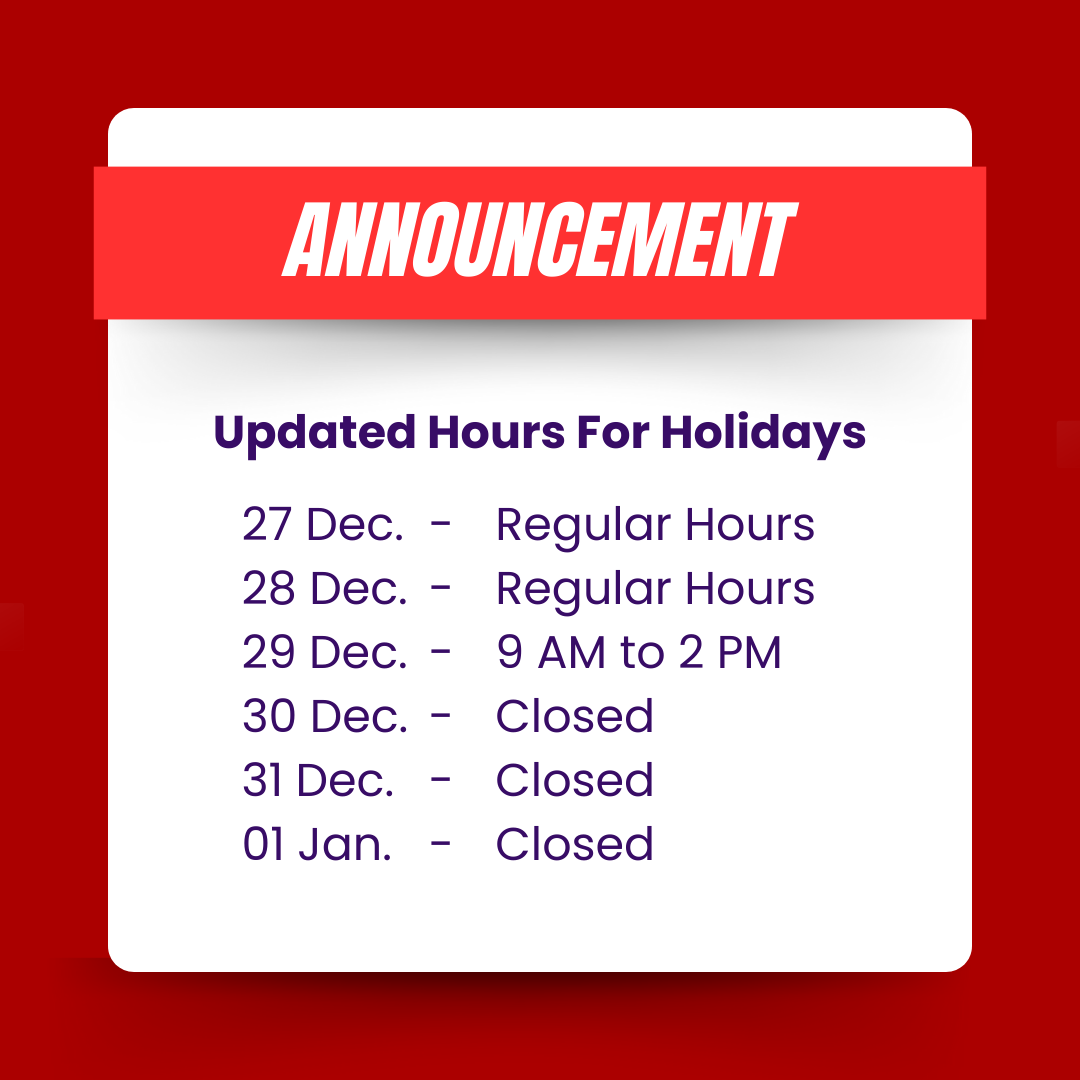Obtaining your M1 motorcycle license marks an exciting step towards the freedom and thrill of riding on two wheels. Whether you’re a seasoned rider or just beginning your journey into the world of motorcycling, the process of acquiring your M1 license can seem daunting. Fear not!
This comprehensive guide will walk you through everything you need to know about getting your M1 license, from eligibility requirements to preparation tips for the written and riding exams. By following these steps, you’ll be cruising down the open road in no time. Ready to hit the road with your M1 license? Don’t forget to safeguard your ride with the right insurance coverage. Get a quote today!
Understanding the M1 License
Before diving into the specifics of how to get your M1 license, it’s essential to understand what it entails. In most jurisdictions, the M1 license is the first step in the motorcycle licensing process.
It allows you to operate a motorcycle or motor-driven cycle on public roads, but typically with some restrictions, such as no passengers and no riding after dark. The M1 license is distinct from an M2 license, which may allow for different privileges and limitations, such as operating motorized bicycles or scooters.
Eligibility Requirements
The first step in obtaining your M1 license is ensuring you meet the eligibility requirements set forth by your local Department of Motor Vehicles (DMV) or equivalent authority. While specific requirements may vary depending on your location, common criteria include age restrictions, completion of a motorcycle safety course or written exam, and providing proof of identity and residency. Generally, applicants must be at least 16 years old to apply for an M1 license, although this age requirement may differ in some regions.
Preparing for the Written Exam
One of the initial hurdles on the path to acquiring your M1 license is passing the written exam. This test assesses your knowledge of fundamental motorcycle operation, safety rules, and traffic laws. To prepare effectively, consider enrolling in a motorcycle safety course offered by certified instructors.
These courses provide comprehensive instruction on topics such as defensive riding techniques, hazard awareness, and proper gear selection. Additionally, study your jurisdiction’s motorcycle handbook or manual, which outlines the rules of the road specific to motorcyclists.
Taking the Riding Skills Test
Once you’ve successfully passed the written exam, the next step is to demonstrate your practical riding skills through a riding skills test. This on-road or closed-course evaluation is designed to assess your ability to control a motorcycle safely in various traffic situations.
Before scheduling your riding skills test, it’s crucial to practice riding in different environments and conditions, such as urban streets, highways, and rural roads. Familiarize yourself with essential maneuvers like braking, cornering, and swerving to avoid obstacles.
Gathering Required Documentation
Before heading to the DMV to apply for your M1 license, gather all the necessary documentation to streamline the process. This may include proof of identity, such as a valid driver’s license or passport, as well as proof of residency, such as a utility bill or lease agreement.
Additionally, be prepared to provide any certificates or completion cards from motorcycle safety courses or written exams. Having these documents ready will help expedite your application and minimize any potential delays.
Visiting the DMV
With your documentation in hand and confidence in your knowledge and skills, it’s time to visit the DMV to apply for your M1 license. Be sure to check the DMV’s website or call ahead to confirm operating hours and any specific requirements for M1 license applicants.
When you arrive, approach the appropriate counter or desk and inform the staff that you’re applying for a motorcycle license. They will provide you with the necessary forms to complete and guide you through the application process.
Taking the Vision Test
As part of the application process for your M1 license, you’ll likely be required to undergo a vision test to ensure you meet the minimum visual acuity standards for safe motorcycle operation. The vision test typically involves reading a series of letters or numbers from a chart at a specified distance. If you wear corrective lenses, be sure to bring them with you to the DMV to accurately assess your vision.
Completing the Application
Once you’ve passed the vision test and submitted all required documentation, you’ll need to complete the M1 license application form. This form gathers essential information about you, such as your name, address, date of birth, and driver’s license number. Take your time to fill out the form accurately, as any errors or omissions could delay the processing of your application.
Paying the License Fee
Before your M1 license can be issued, you’ll need to pay the required license fee. The fee amount varies depending on your jurisdiction but typically ranges from $25 to $100. Accepted forms of payment may include cash, check, or credit/debit card. Once you’ve paid the fee and submitted your application, the DMV will process your information and issue your M1 license.
Receiving Your M1 License
Congratulations! You’ve successfully completed all the necessary steps to obtain your M1 motorcycle license. In most cases, your license will be issued on the spot, and you’ll receive a temporary paper license to use until your permanent license arrives by mail. Be sure to review your M1 license carefully to ensure all information is accurate, including your name, photo, and license class. If you spot any errors, notify the DMV immediately to have them corrected.
Conclusion
Acquiring your M1 motorcycle license is an exciting achievement that opens the door to endless adventures on two wheels. By understanding the eligibility requirements, preparing diligently for the written and riding exams, gathering required documentation, and following the application process at the DMV, you can obtain your M1 license with confidence.
Remember to prioritize safety at all times and continue honing your riding skills through practice and ongoing education. With your M1 license in hand, the open road awaits – so rev up your engine and enjoy the ride! Now that you’ve mastered the M1 license, ensure your ride is fully protected. Compare motorcycle insurance plans and ride worry-free!







